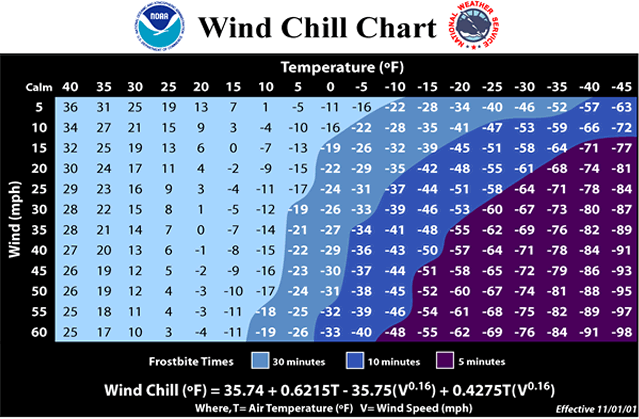 |
| White-breasted Nuthatch |
One of the most widespread birds in the United States is the
White-breasted Nuthatch (
Sitta carolinensis). This species is found in portions of every state except Alaska and Hawaii. It also ranges north into southern Canada and south through much of central Mexico. Never found far from trees, the White-breasted Nuthatch prefers wooded habitats, especially deciduous forests. It is also frequently found in parks, yards, and suburban areas with mature trees. Three other Nuthatch species can be found in the United States, but of the three only the Red-breasted Nuthatch (
S. canadensis) is also found in mid-Michigan.
The White-breasted Nuthatch is a small bird. An adult White-breasted Nuthatch measures about 5 - 5.5 inches
(13 - 14 cm) from beak to tail, with a an 8 - 10.5 inch (20 -27 cm)
wingspan. They weigh between 0.6 and 1.1 ounces (18 - 30 grams) or
about as much as 3 to 5 quarters.
This species has a blue-grey back and wings, accented with black, and a white breast and belly. The outer feathers of its tail are white, but only noticed when tail feathers are fanned. Another interesting feature that you don't
always notice is the patch chestnut colored feathers on its belly and
flank. Males and females can be identified by the color of their "cap". Males have a black cap and females grey as seen in the photos below.
The nuthatch's beak is strong and straight or slightly upturned.
Although White-breasted Nuthatches have a strong beak they rarely excavate their own nest holes. Instead they will use abandoned woodpecker holes or natural cavities in trees. This species will use artificial nest boxes; I have had a pair nest a few feet away from a window in a nest box that I had placed. Their nest consists of a cup made of fine grasses, shredded bark, feathers, and other soft materials.
 |
| Female White-breasted Nuthatch - not grey cap and elongated rear toe (hallux) |
White-breasted Nuthatches are omnivores. They consume a composed mostly of insects, insect larvae, and other invertebrates such as spiders, but will also readily eat seeds and nuts. They visit feeders readily and consume both seeds (especially sunflower seeds and peanuts) and suet. In the wild, White-breasted Nuthatches often forage in mixed flocks with other nuthatches, chickadees, titmice, and small woodpeckers.
 |
| Female White-breasted Nuthatch - Its unique downward foraging method allows it to find food other birds overlook |
Nuthatches have a unique foraging strategy that is not employed by other birds in mid-Michigan; they can walk head down on a tree trunk. Many birds such as woodpeckers and Brown Creepers (
Certhia americana) forage by climbing up a trunk poking their bees into cracks and crevices in the bark. It is thought that the nuthatches method allows them to find food that has been overlooked by these species.
Why can nuthatches climb face-down, but other birds can't? It has to do with their toes. Nuthatches have four toes on each foot; three face forward and one faces backwards. This backward facing toe is known as the
hallux. On nuthatches the hallux is elongated and has a strong curved nail. The three forward facing toes, although shorter, also have strong curved nails. This combination allows the nuthatch to grip in such a way as to allow it to walk facedown on a tree trunk. It is our only native bird that is capable of such motion.
 |
| Male White-breasted Nuthatch - note black cap. |
White-breasted Nuthatches are usually found in pairs. A male and female will remain together year-round and aggressively chase other nuthatches out of their territory. The male and female shown in the two pictures directly above were photographed a few feet from each other on the same tree.
Basic Information
White-breasted Nuthatch
Sitta carolinensis
Size: 5.0 - 5.5" long
8.0 - 10.5" wingspan
Habitat: woodlands, woodland edges, parks, suburban areas
Eats: insects, insect larvae, spiders, seeds, nuts
Nest: in natural cavities in trees, abandoned woodpecker nests; a cup made of grass, shredded bark, feathers, other soft materials; will nest in artificial nest boxes































